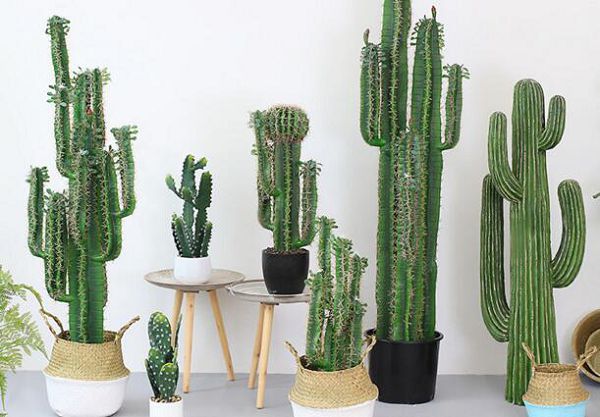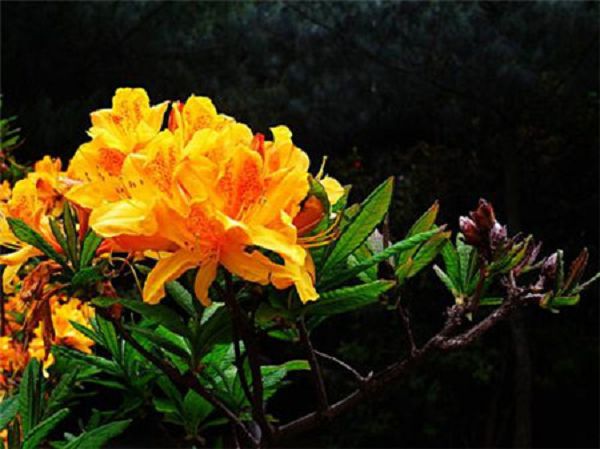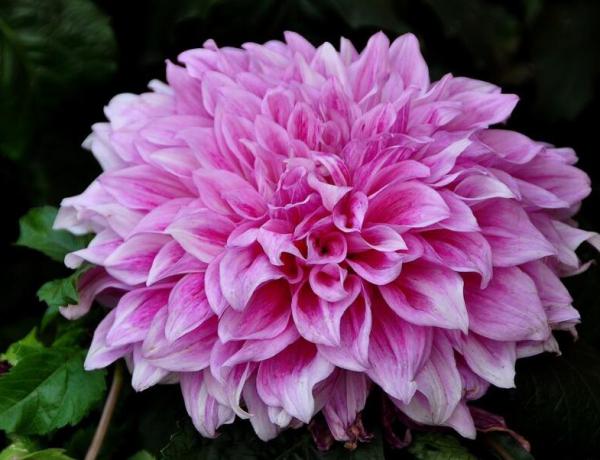How to fertilize the cactus, it is important to choose the right fertilizer.

In recent years, with the rise of home Nordic style, many people buy some cactus to match the home style and plant them at home, so how to raise the cactus well? How to fertilize the cactus? Next, the editor will take these questions to show you.
Introduction of common fertilizers for cactus
Cactus suitable fertilizer there are about a few mature, less salt fertilizer can also use nitrogen fertilizer, phosphorus and potassium fertilizer and so on. In fact, we can also make some home-made fertilizers. Let me briefly introduce some home-made fertilizers.
Plant ash: plant ash is the most common potash fertilizer, which can be directly mixed with soil to grow plants.
Bone meal: it can be used by soaking bone meal in water and can be used for all plants.
Hoof horn: the hoof horn is chopped and soaked in water and can be used after it is rotten. It can also be used for all plants.
Reasonably control the time of fertilization
In spring, we can apply fertilizer once a month and fertilize 4-5 times. In autumn, fertilizing once a month is enough. Hot summer, can shorten the interval time, about 10 days to apply fertilizer, summer needs more nutrients, so the interval period is also short. Fertilization stops until early October. If fertilization is not controlled properly, it will be easy to frostbite the cactus in winter.
When fertilizing, you must be careful not to let the fertilizer splash on the plants. if it is contaminated, spray it with a spray can in time until the fertilizer is washed.
Matters needing attention in cactus culture
The young plants of cactus should be changed once a year. Growing plants do not need to change pots year after year. The basin is usually changed every 2-3 years. The fast-growing varieties can be larger than the original basin when changing the basin, and it is appropriate that the original basin can be put into the new basin. The plants with a certain degree of dryness and sufficient light are often maintained in cultivation and management, the stem color is lighter and the growth is slow, but the thorns and thorns are developed, stout and beautiful.
The plants that are often exposed to high temperature, high humidity and poor light conditions grow rapidly, the stem is soft, and the color is bright, but the growth of thorns and thorns are underdeveloped, and the color characteristics are not obvious, such as red thorns often turn dark brown. The water quality for watering and spraying should not contain too much sodium chloride and other salts. Generally speaking, Rain Water and well water are OK, but the water temperature should not be too low, and it is best to be close to the temperature. Tap water should be put into the tank for 2 days and then reused.
Conclusion: only if the vegetation at home is full of vitality can it bring a trace of joy to people. I hope the above content can help you.
Related
- Fuxing push coffee new agricultural production and marketing class: lack of small-scale processing plants
- Jujube rice field leisure farm deep ploughing Yilan for five years to create a space for organic food and play
- Nongyu Farm-A trial of organic papaya for brave women with advanced technology
- Four points for attention in the prevention and control of diseases and insect pests of edible fungi
- How to add nutrient solution to Edible Fungi
- Is there any good way to control edible fungus mites?
- Open Inoculation Technology of Edible Fungi
- Is there any clever way to use fertilizer for edible fungus in winter?
- What agents are used to kill the pathogens of edible fungi in the mushroom shed?
- Rapid drying of Edible Fungi



